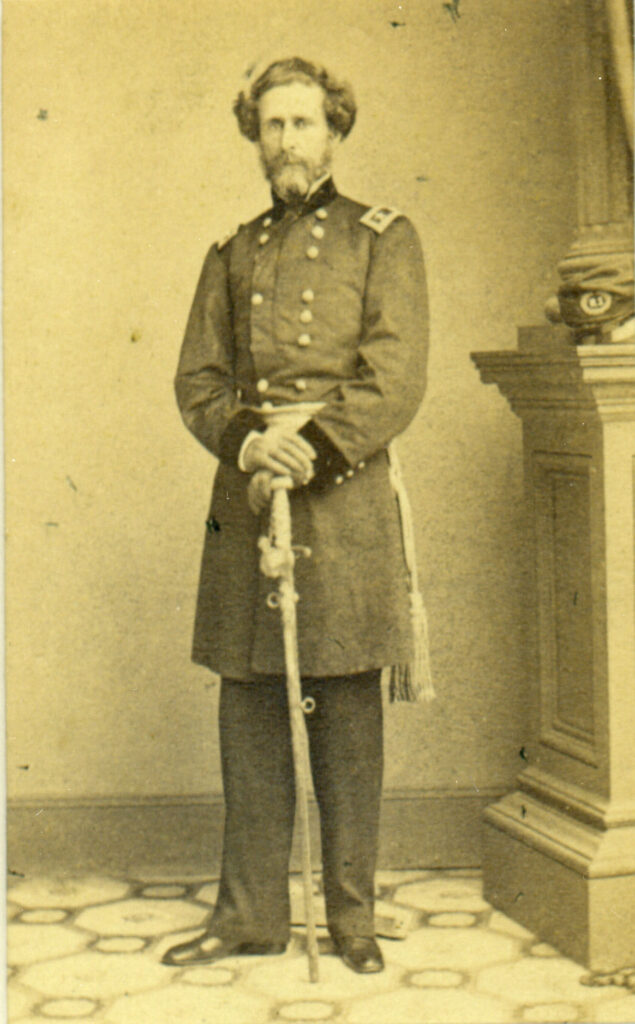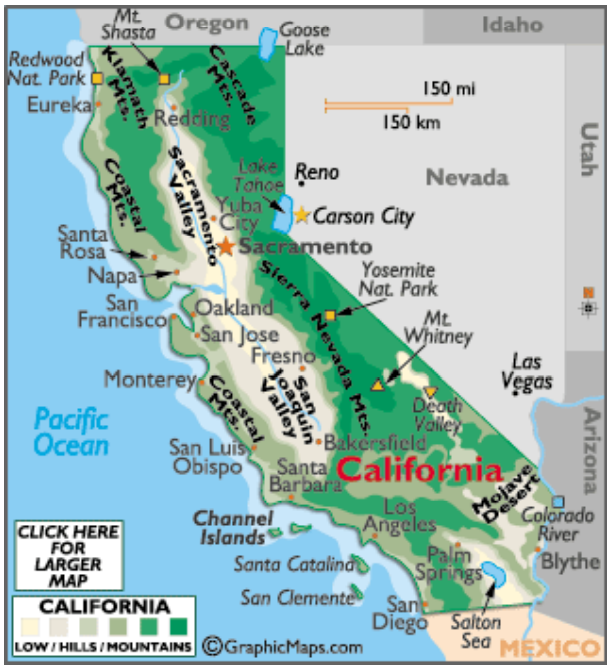Section #10 - A Manifest Destiny craze results in the Texas Annexation and a victorious war with Mexico
Chapter 121: Americans Occupy California And New Mexico
Summer 1846
Tensions Rise For American Settlers Living In Alta California
While Polk is pleased by General Taylor’s victories south of the Rio Grande in the Spring of 1846, his sights remain set on acquiring all of the land identified in November 1845 when he sent Congressman John Slidell to negotiate with the Mexicans.

He is particularly focused on Alta California, the upper part of the province, sparsely populated by Mexicans and largely ignored by their civil government. Included here are the ports of San Francisco and Los Angeles and the surrounding valleys, where clusters of American settlers have already put down roots:
“Mountain men” like Joseph Walker, who explores the region in 1832 along with the Paris-born, West Point grad, Benjamin Bonneville; Isaac Graham, who opens a distillery in 1836 and tries to form up a Texas-style Republic; and one Johan Suter (later John Sutter), a German immigrant, who travels the Oregon Trail to the west coast, takes on Mexican citizenship and opens a fort bearing his name some 90 miles northeast of San Francisco. By 1845, Ft. Sutter is well-known locally as a resting place for weary pioneers; two years later it is world famous when gold is discovered on the land.
As customary, Polk acts aggressively on his goals – expanding the scope of the war beyond the border of Texas and over to Mexican territory on the west coast.
He sends American warships to blockade the Pacific coast ports and orders Colonel Stephen B. Kearney to march from Kansas toward Alta California. Kearney is a battle tested fifty year old who begins his military career in the War of 1812, helps explore the West, and then earns fame as the “father of the U.S. Cavalry” for decades of service protecting settlers across the Great Plains. Kearny rides out of Leavenworth on June 3, with 1700 men, and his immediate sights set on reaching Santa Fe, some 750 miles to the west.
Before he gets even that far, Polk’s quest for control of California is almost resolved through the actions of a band of local settlers around Sacramento, aided by the western adventurer, Captain John C. Fremont.
Together they engineer a military filibuster known thereafter as the Bear Flag Revolt.
June – July 1846
America Seizes Alta California In The “Bear Flag Revolt”

On June 8, 1846, Fremont, Kit Carson, and a band of 55 armed troopers are encamped at Sutter Butte, in the Sacramento Valley, near Yuba City.
They have arrived there after Fremont’s third expedition – mapping the route of the Arkansas River – has morphed into a year-long journey into the Oregon Country and then down into Alta California, where he makes contact with American settlers in the region.
The Mexicans regard Fremont as a nuisance and chase him back into Oregon for a period of time. But as word reaches him of possible hostilities, he re-positions his troops back in the valley.
I saw the way opening clear before me. War with Mexico was inevitable; and a grand opportunity presented itself to realize in their fullest extent the far-sighted views of Senator Benton. I resolved to move forward on the opportunity and return forthwith to the Sacramento valley in order to bring to bear all the influence I could command.
Once there, he is approached by a band of local Americans led by William Ide and Ezekiel Merritt, who claim that Mexican troops are about to drive all foreign settlers out of Sacramento. They ask Fremont if he would be willing to support them in establishing a Texas-like republic.
Evidently Fremont encourages them to proceed, but without committing his own troopers to any action.
Ide and Merritt plunge forward, assembling and equipping their own thirty-man posse and heading back toward San Francisco to launch a military-style filibuster.
On June 14, 1846, they arrive at the sleepy Mexican outpost in Sonoma, some 45 miles north of the port city, and surround the home of General Mariano Vallejo, “Commandante of Northern California.” They proceed to arrest both Vallejo and his brother, and declare their new status as an independent nation.
The Commander in Chief of the Troops assembled at the Fortress of Sonoma… declares his object to…defend himself and companions in arms who were invited to this country by a promise of Lands on which to settle themselves and families, and who were also promised a “republican government,” (but) when arriving in California were denied even the privilege of buying or renting Lands of their friends… and instead of being allowed to participate in or being protected by a “Republican Government” were oppressed by a “Military Despotism.”
A white bedsheet serves as their makeshift flag, painted across the top with the outline of a California grizzly bear and a single red star, mimicking Texas.
On July 1, the “Bear Flag” rebels, now under Fremont’s direct leadership, reach San Francisco and occupy the Presidio compound, which is undefended. At first they raise their banner over the works, but within days it is replaced by the stars and stripes. This ends the brief history of the “Bear Flag Revolt” and begins the de facto seizure of Alta California from the Mexicans.